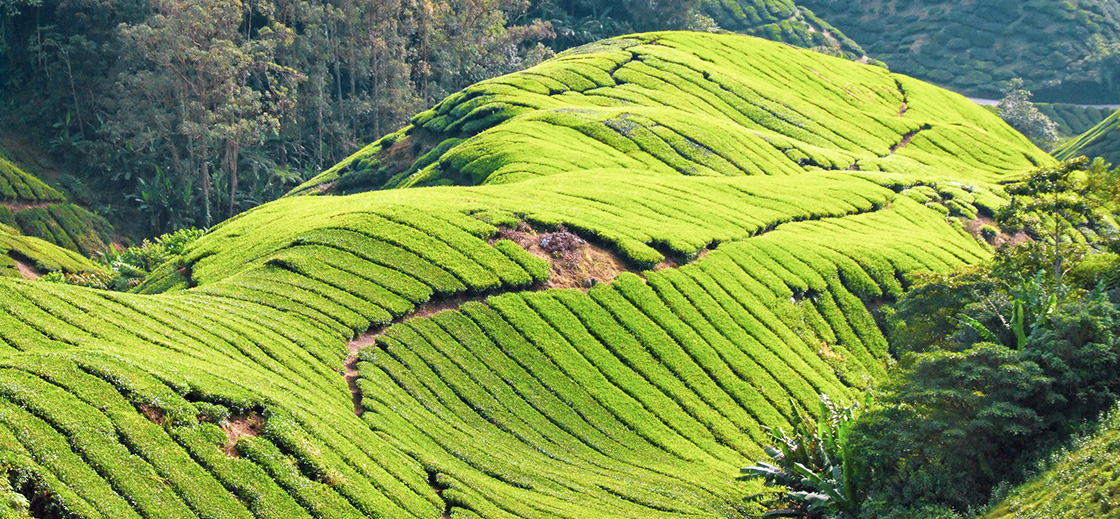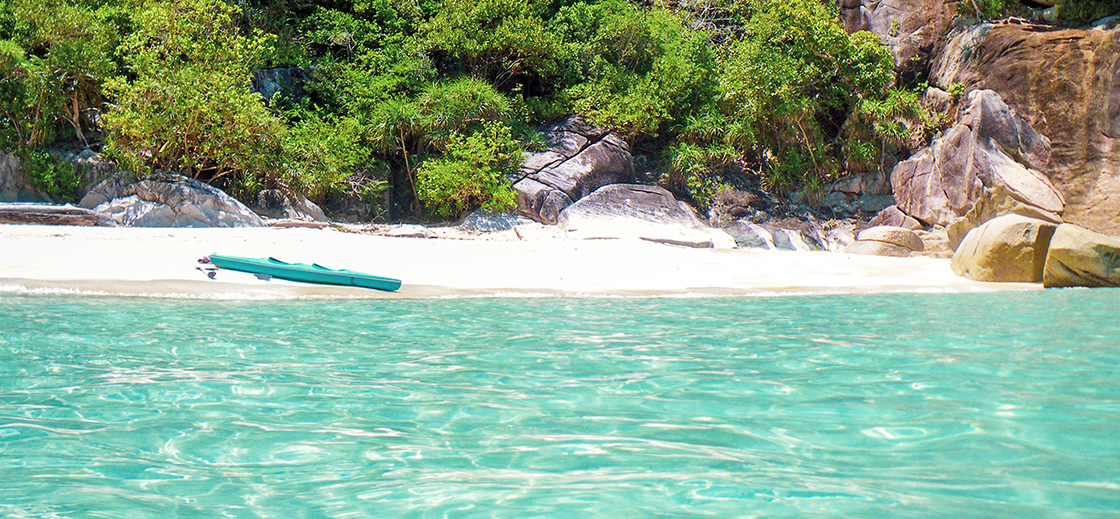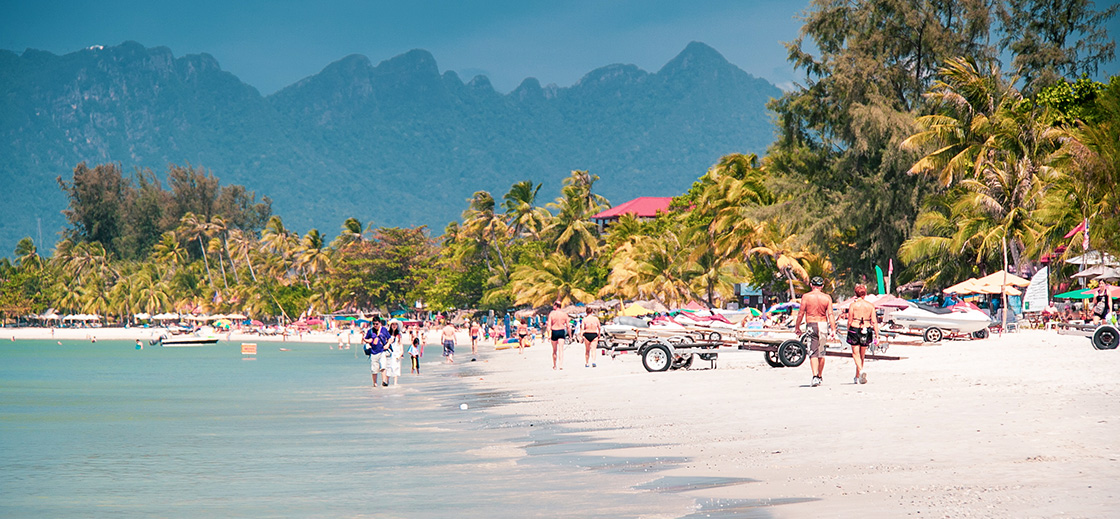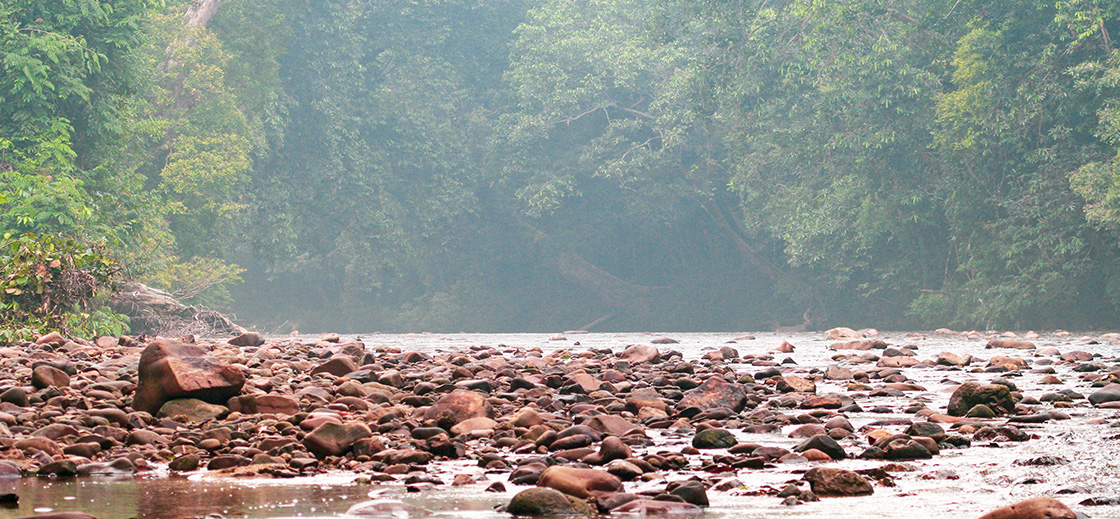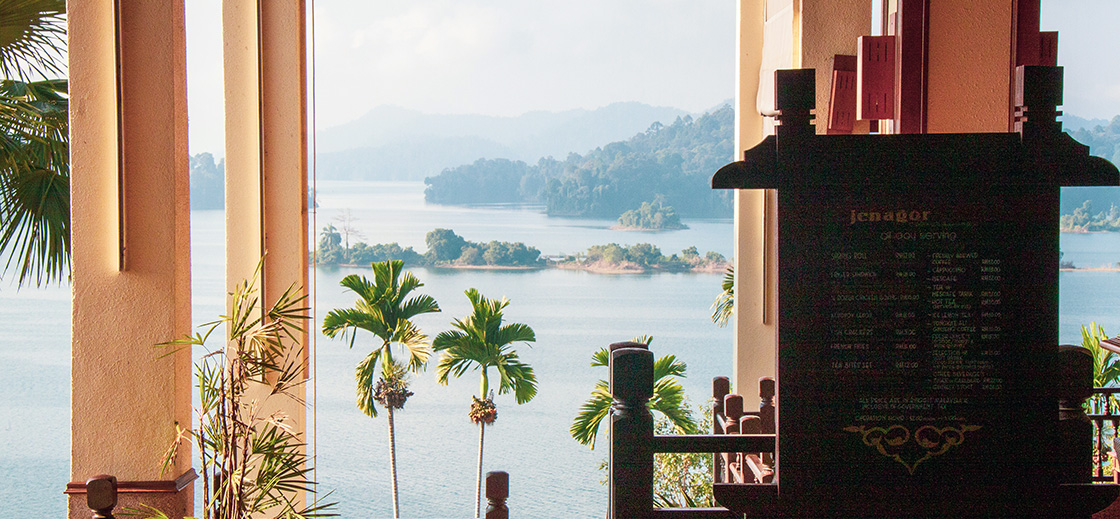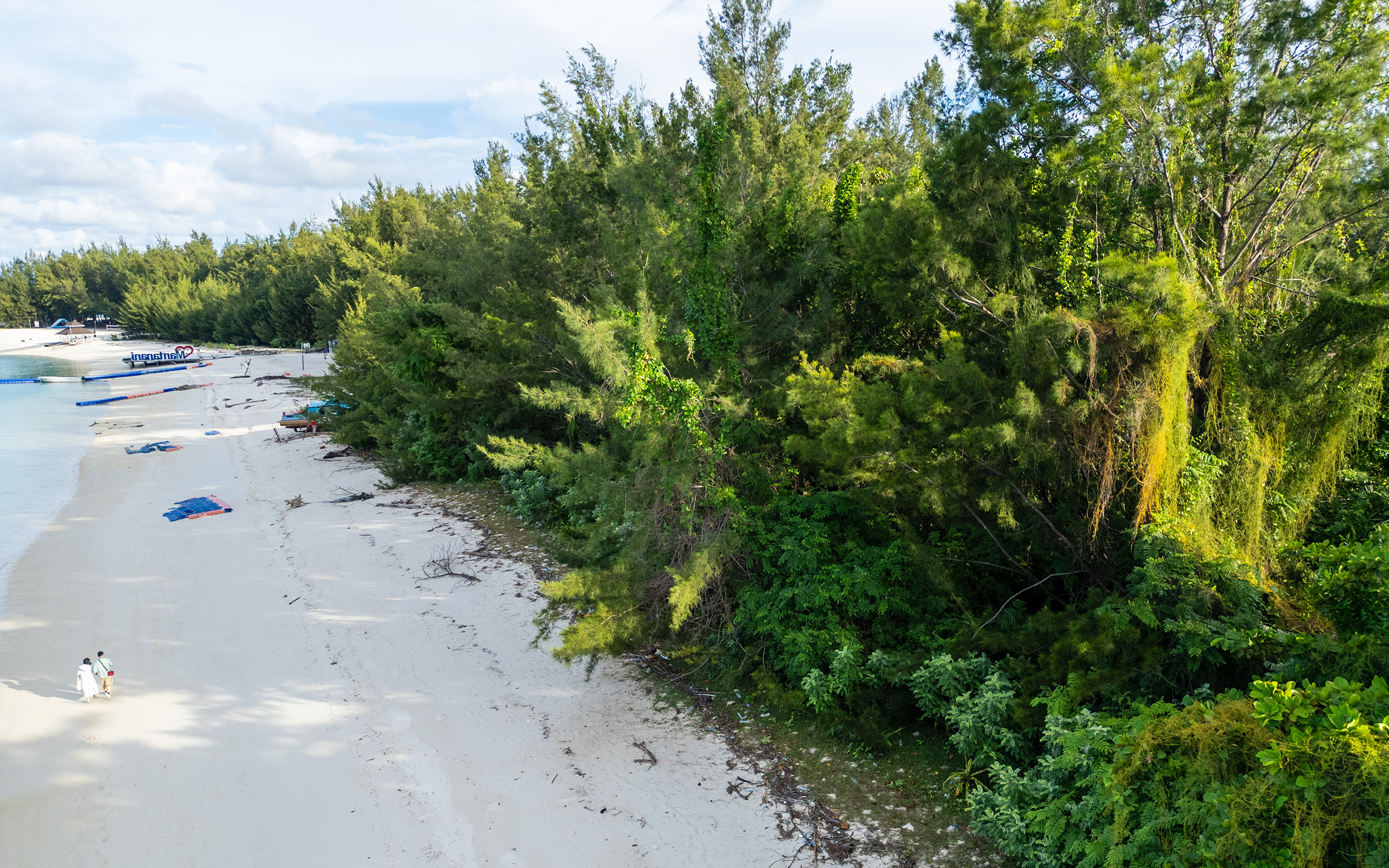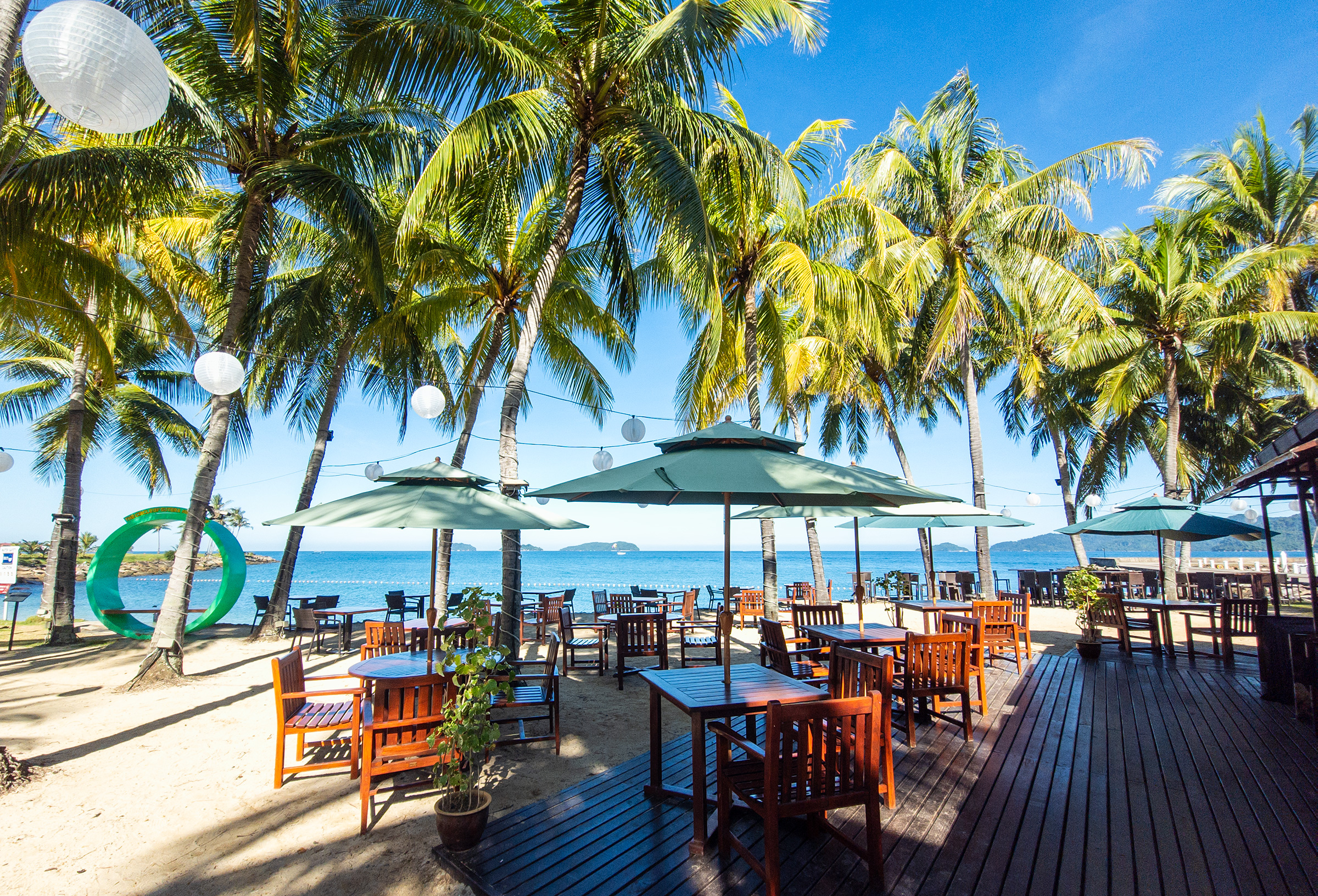Malaysia is home to a rich tapestry of cultures, breathtaking landscapes, and a vibrant food scene. Most visitors are familiar with iconic destinations like Kuala Lumpur’s Petronas Twin Towers, the bustling night markets of Penang, and the idyllic beaches of Langkawi. However, there is a wealth of lesser-known attractions tucked away in every corner of this Southeast Asian gem—waiting to be discovered by adventurous travelers who venture beyond the usual tourist circuit. From secret waterfalls deep in lush rainforests to traditional villages that have preserved centuries-old customs, these hidden spots reveal the soul of Malaysia in the most authentic and unforgettable way.
In recent years, the nation’s tourism authorities have begun promoting sustainable travel, encouraging tourists to appreciate the environment and support local communities. As a result, many of these secluded areas remain pristine, offering a glimpse into the region’s natural beauty and cultural diversity.
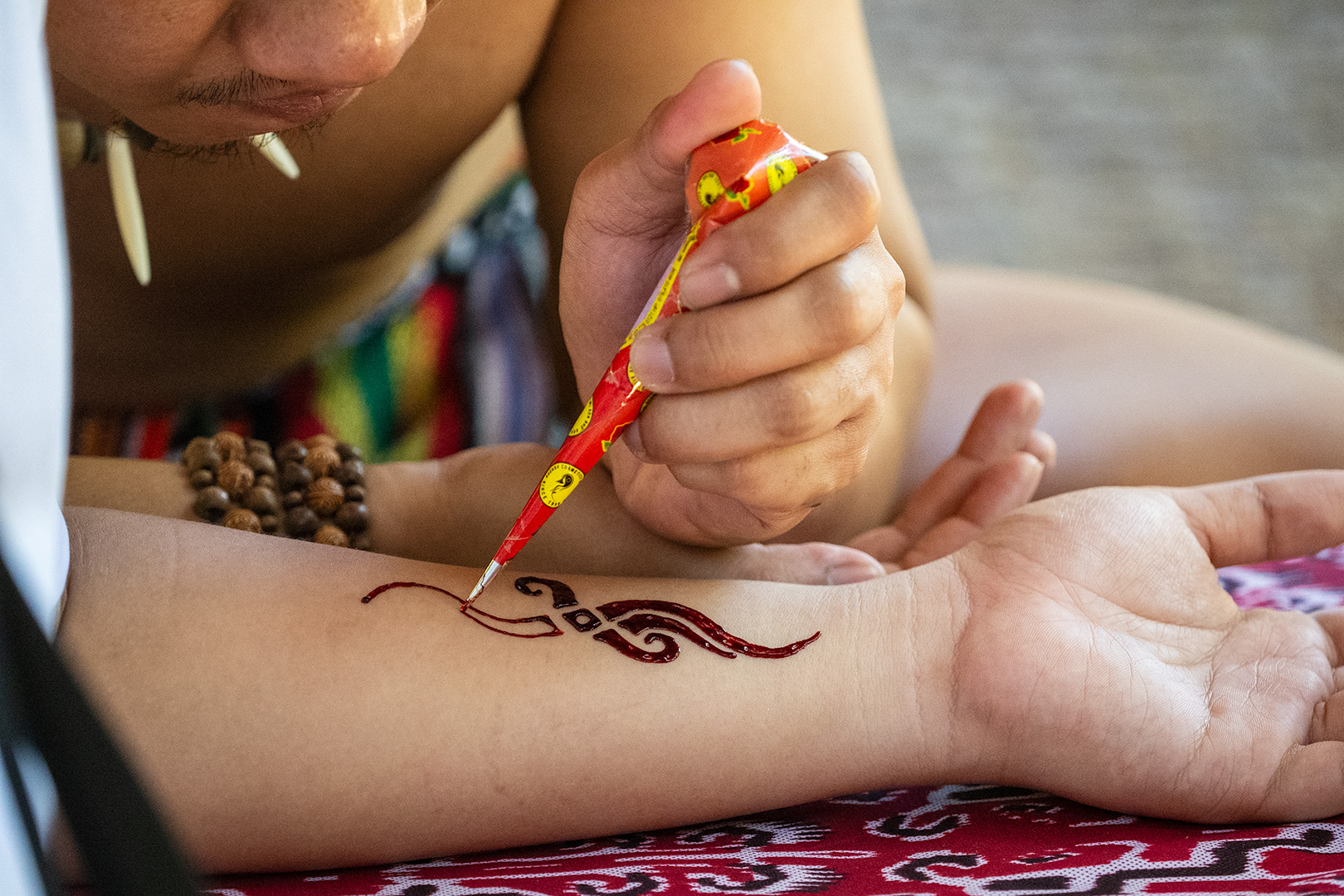
If you are planning a trip with an open mind and a keen sense of exploration, these off-the-beaten-path destinations will reward you with an experience beyond the glossy brochures and crowded hotspots. Even as modern pastimes gain popularity—including online casino Malaysia platforms for gaming enthusiasts on Trafficlike—nothing quite compares to immersing yourself in the country’s lesser-known wonders. Below are some of Malaysia’s best-kept secrets that promise to leave you mesmerized.
1. The Enigmatic Rainforests of Endau-Rompin
When it comes to tropical rainforests, Taman Negara typically steals the spotlight. Yet, the Endau-Rompin National Park, straddling the borders of Johor and Pahang, remains relatively unexplored. Boasting ancient forests that date back over 130 million years, this park is a living treasure trove of biodiversity. Towering hardwood trees, winding rivers, and rare wildlife such as the Malayan tapir and white-handed gibbon call Endau-Rompin home.
A journey here often starts with a boat ride along the Endau River, followed by trekking through lush greenery. Numerous waterfalls—such as Buaya Sangkut and Upeh Guling—await those willing to tackle the jungle paths. Night safaris, guided by park rangers, offer an entirely different perspective: the chance to spot nocturnal creatures by flashlight. For an even deeper experience, you can arrange homestays in nearby Orang Asli (indigenous) villages, where you’ll learn about the traditions and survival skills honed by the forest’s original guardians.
Travel Tips
- Permits and Guides: Visitors must obtain a permit from the Johor National Park Corporation or Pahang authorities. Hiring a guide is highly recommended to navigate the forest safely.
- Best Time to Visit: Avoid the monsoon season from November to January when rains can make trails slippery and cause river levels to rise.
2. Discovering the Charm of Pulau Aur
Among Malaysia’s many islands, Pulau Aur—located off the coast of Mersing in Johor—stands out as a secluded paradise. While Perhentian and Redang attract large crowds for their pristine beaches, Pulau Aur remains overshadowed in the tourism scene, retaining a serene, “deserted island” feel. Its crystal-clear waters are teeming with marine life, making it an ideal spot for snorkeling and scuba diving.
The lack of large-scale resorts ensures an atmosphere of tranquility. You can wander along quiet beaches, explore small fishing villages, and enjoy uninterrupted stargazing at night. Since it’s relatively remote, getting there usually involves a two- to three-hour boat ride from Mersing Jetty. The trip is worthwhile for travelers seeking an off-grid experience, with minimal distractions except the sound of the waves lapping at the shore.
Travel Tips
- Accommodations: Simple chalet-style lodging is available. Pre-booking is essential, as there are only a few options on the island.
- Marine Preservation: The local community stresses responsible diving and snorkeling practices to protect coral reefs and marine habitats.
3. Bario: The Kelabit Highlands Haven
Nestled high in Sarawak’s interior lies the Kelabit Highlands, home to the picturesque village of Bario. Accessible primarily by a small propeller plane from Miri, this remote plateau offers rolling green landscapes, cool mountain air, and a chance to connect with the indigenous Kelabit community. The Kelabit people are famous for their warm hospitality and age-old traditions, as well as their fragrant, highland rice—a culinary delight.
Outdoor enthusiasts will find endless trekking routes weaving through pristine forests, peppered with hidden waterfalls and vantage points overlooking verdant valleys. Each night, the star-filled sky creates a natural spectacle that’s virtually untouched by light pollution. Engaging with local farmers, tasting home-cooked dishes, and learning about the unique Kelabit heritage all contribute to an authentic cultural immersion that few travelers experience.
Travel Tips
- Flight Bookings: MASwings, a regional airline, offers flights to Bario. Seats are limited, so plan ahead, especially during local festivals.
- Community-Based Tourism: Opt for homestays to support local families and immerse yourself in their daily life. Your contributions help preserve their unique culture.
4. The Elusive Kenyir Lake in Terengganu
Kenyir Lake is one of Southeast Asia’s largest man-made lakes, yet it barely registers on many travelers’ radars when they visit Malaysia. Created by the damming of the Kenyir River, this vast waterbody sprawls across a seemingly endless expanse, dotted with more than 300 small islands that were once hilltops. Amidst these islets are dense rainforests teeming with wildlife, hidden caves, and majestic waterfalls.
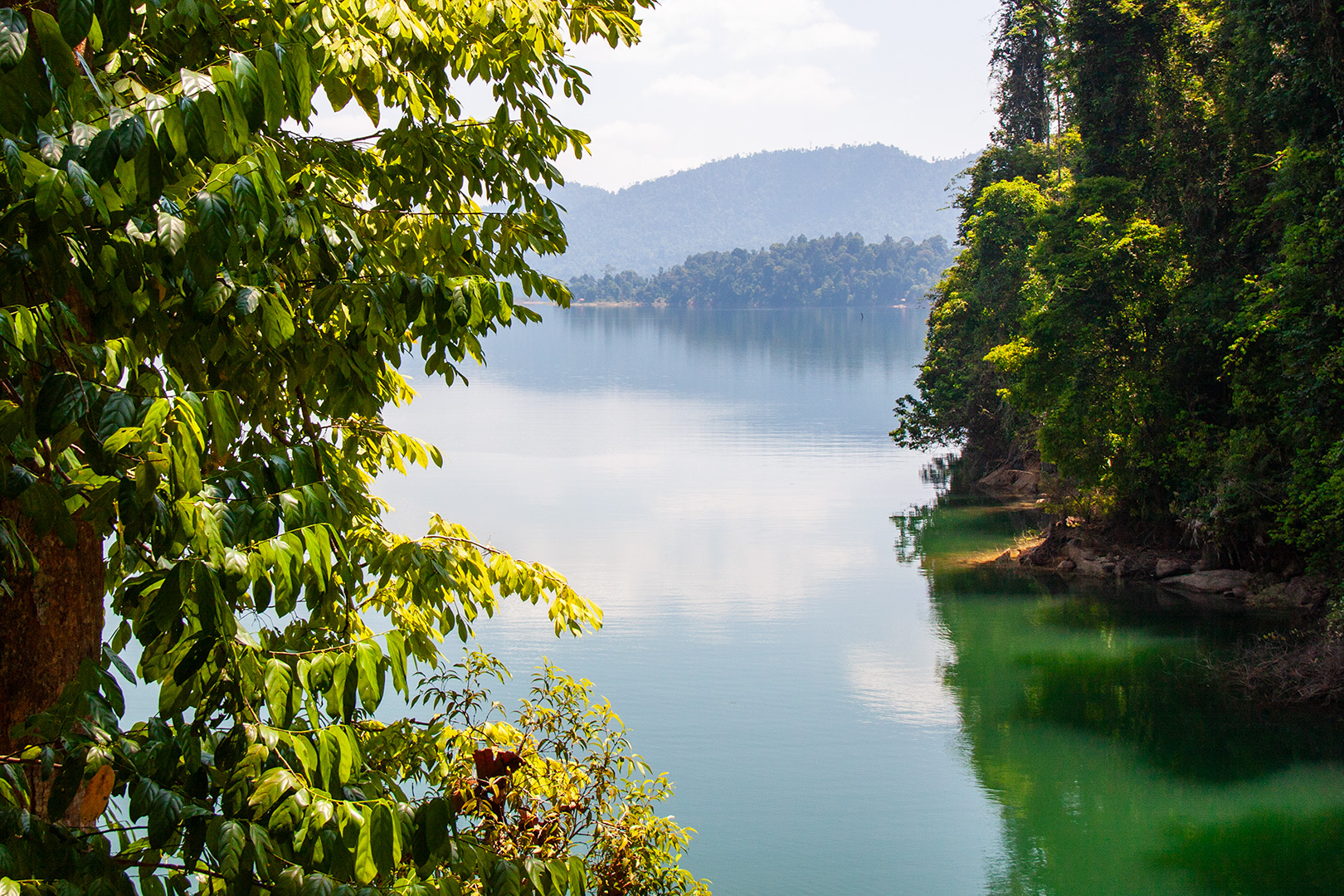
Houseboat rentals are a popular way to explore the lake’s natural wonders. Imagine waking up to mist-shrouded waters, then spending the day fishing, jungle trekking, or spotting rare birds. The rich biodiversity includes hornbills, eagles, and sometimes even elephants venturing near the water’s edge. For those who prefer solid ground, lakeside resorts and chalets offer serenity with a tropical twist.
Travel Tips
- Best Activities: Fishing enthusiasts will find plenty of freshwater species, including the sought-after Toman (giant snakehead).
- Local Culture: A short excursion around the lake can bring you to small villages where you can discover authentic Terengganu handicrafts and delicacies.
5. Exploring Kuala Sepetang’s Mangrove Forests
Kuala Sepetang, situated near Taiping in Perak, is famous for its dense mangrove forests and historic charcoal kilns. While many visitors head straight for Taiping’s well-known Lake Gardens and zoo, Kuala Sepetang remains quietly tucked away. This coastal town’s mangrove ecosystem is recognized as one of the best-managed in the world, providing critical habitat for marine life and migratory birds.
A guided boat ride through the mangrove canals reveals a labyrinth of greenery and the chance to observe wildlife—such as mudskippers, otters, and various bird species—in their natural habitat. Afterward, tours of the nearby charcoal factories unveil a time-honored process: large chunks of mangrove wood are slowly burned in igloo-shaped kilns, resulting in high-quality charcoal. The interplay of tradition, conservation, and local livelihoods makes Kuala Sepetang a fascinating stop for environmentally conscious travelers.
Travel Tips
- Responsible Tourism: Opt for licensed tour operators who respect mangrove conservation rules and keep noise pollution to a minimum.
- Local Cuisine: Fresh seafood is abundant in Kuala Sepetang. Try the local prawns, clams, and fish-based dishes served in small coastal eateries.
6. Tasik Chini’s Mystical Waters
Pahang’s Tasik Chini, Malaysia’s second-largest natural freshwater lake, is steeped in legend and folklore. Local myths speak of a submerged Khmer city beneath its dark waters, guarded by mysterious serpents. While these tales lend the lake a mystical aura, the reality of Tasik Chini’s ecological significance is just as captivating. Surrounded by lush wetlands, the area supports a unique blend of flora and fauna, including floating lotus gardens that bloom seasonally, painting the water pink and white.
Much like Kenyir Lake, Tasik Chini offers boat rides to explore the interconnected channels. The lake is also home to the Jakun tribe, one of Malaysia’s indigenous Orang Asli communities. Visitors can learn about traditional crafts, storytelling, and herbal remedies handed down through generations. Unfortunately, Tasik Chini has faced environmental challenges, primarily due to nearby mining activities. However, local conservation groups are working tirelessly to preserve the lake’s fragile ecosystem.
Travel Tips
- When to Visit: The lotus blooms are typically at their peak between June and September, creating a picturesque tableau.
- Cultural Etiquette: If visiting an Orang Asli village, dress modestly and ask for permission before taking photos.
7. Serene Temples in Ipoh’s Outskirts
While Ipoh has gained fame in recent years for its boutique cafes and street art, the outskirts of this Perak capital conceal a spiritual dimension that many miss. Buddhist and Taoist cave temples—such as Kek Lok Tong and Sam Poh Tong—are carved into limestone hills, offering magnificent architecture blended with natural rock formations. Beyond the main tourist draws lies Ling Sen Tong, a vibrant temple that stands out for its colorful statues depicting Taoist deities and mythological figures.
Stepping further off the beaten path, you might discover smaller shrines built into hidden caverns, some accessible only by winding mountain trails. These spots provide a peaceful atmosphere for reflection, photography, and escape from the city’s bustling center. The juxtaposition of nature’s rugged limestone formations with the delicate artistry of temple structures forms a unique spiritual enclave.
Travel Tips
- Dress Respectfully: As places of worship, temples require modest attire.
- Transportation: Hiring a car or using a ride-hailing service is the best way to explore these scattered temple sites.
8. Tanah Aina Resorts: Eco-Luxe Hideaways
For those who appreciate a blend of comfort and wilderness, Tanah Aina’s eco-resorts scattered across Pahang provide tranquil, luxurious retreats nestled deep in the rainforest. Each property is designed with conservation in mind, minimizing environmental impact while offering modern conveniences such as hot showers, cozy bedding, and hearty Malay or fusion cuisine.
Activities typically include guided nature walks, river trekking, and even canopy walks. Guests can enjoy the soothing symphony of jungle sounds—from cicadas to flowing streams—while sipping tea on a wooden deck overlooking verdant hills. These eco-resorts serve as a reminder that you don’t have to rough it entirely to enjoy off-the-beaten-path Malaysia. You can immerse yourself in nature by day and retreat to comfortable lodging by night.
Travel Tips
- Advance Booking: Popular among locals for weekend getaways, these properties can fill up quickly. Reserve in advance, especially during school holidays and festive seasons.
- Nature Etiquette: Leave no trace of your visit; avoid littering and respect the local wildlife’s habitats.
9. Traditional Longhouses in Sabah’s Interior
Sabah’s famed Mount Kinabalu often overshadows the cultural richness found deeper within the state. Venture inland to encounter communities living in communal longhouses—vast structures made of wood or bamboo that house multiple families under one roof. These architectural marvels can be discovered in areas like Pitas, Kudat, and along the Kinabatangan River, each with its own tribal heritage and customs.
Staying overnight in a longhouse is one of the most authentic ways to experience local hospitality. Guests typically partake in communal meals, storytelling sessions around a shared hearth, and sometimes traditional dances accompanied by gongs. These gatherings foster a genuine connection, showcasing not just the scenic beauty of Sabah’s rural regions but the warmth and resilience of its people.
Travel Tips
- Cultural Respect: Longhouse communities often follow specific customs regarding attire, photography, and personal space. Always ask permission before entering or taking pictures.
- Gifts: It’s courteous to bring small presents, such as food staples or children’s books, as a token of gratitude.
10. Trekking Trails of Fraser’s Hill
Fraser’s Hill in Pahang might be less remote than the Kelabit Highlands or some of Malaysia’s lesser-known islands, yet it remains pleasantly crowd-free compared to the tourist-heavy Cameron Highlands. Its cool climate, colonial-era bungalows, and well-marked nature trails offer a peaceful retreat. Birdwatchers especially delight in the region, as more than 250 bird species have been recorded here.
The trails range from leisurely walks like the Hemmant Trail—cutting through gentle undergrowth—to more challenging routes like the Pine Tree Trail, which rewards hikers with panoramic views of rolling hills. Wildlife sightings often include leaf monkeys, squirrels, and an abundance of butterflies. Pair your walks with a visit to local tea shops and indulge in freshly baked scones, an echo of the British influence from colonial times.
Travel Tips
- Trail Preparations: Wear sturdy shoes and carry water. Fraser’s Hill has a mild climate, but weather can change quickly.
- Bird-Watching Festivals: If you’re a keen ornithologist, plan around events like the Fraser’s Hill International Bird Race, typically held annually.
Conclusion
Travelers who seek the essence of Malaysia often find their way to these hidden gems, tucked away from the clamor of the usual tourist hot spots. Each of these places—be it an untamed rainforest, a quaint highland village, or a secluded island—holds an intimate story of the nation’s natural splendor and cultural heritage. By choosing off-the-beaten-path attractions, you not only uncover Malaysia’s best-kept secrets but also support local livelihoods and conservation efforts that help preserve these treasures for generations to come.
Venturing beyond the urban centers and famous resorts grants a deeper understanding of Malaysia’s multifaceted identity. You’ll meet people whose customs and legends have been shaped by the land for centuries, taste local flavors that speak of both tradition and innovation, and witness landscapes that defy expectation. This is the side of Malaysia that nurtures a profound connection with nature and heritage—an experience both humbling and exhilarating.
As tourism evolves, it’s increasingly important to travel responsibly, respecting the environment and the cultures that thrive within it. Off-the-beaten-path adventures embody this ethos, inviting explorers to tread lightly and embrace authenticity. Whether you find yourself boating across Kenyir Lake, trekking through Endau-Rompin’s ancient rainforest, or standing in awe of a majestic waterfall hidden in Sarawak’s interior, take a moment to appreciate what makes these places so remarkable. Their value lies not in luxury facilities or flashy entertainment, but in the genuine sense of discovery they impart—the feeling that you’ve stepped off the well-worn trail and into a slice of living Malaysian history.
In the end, the true gems of Malaysia are those that inspire awe, foster meaningful connections with local communities, and preserve the nation’s heritage and ecosystems. If your travels lead you beyond the obvious and into the heart of the Malaysian wilderness or a lesser-known cultural enclave, you’ll return with stories that reflect the country’s spirit in a way no guidebook can replicate. This is where real adventure awaits and where Malaysia’s hidden wonders reveal themselves to those willing to explore beyond the map.
